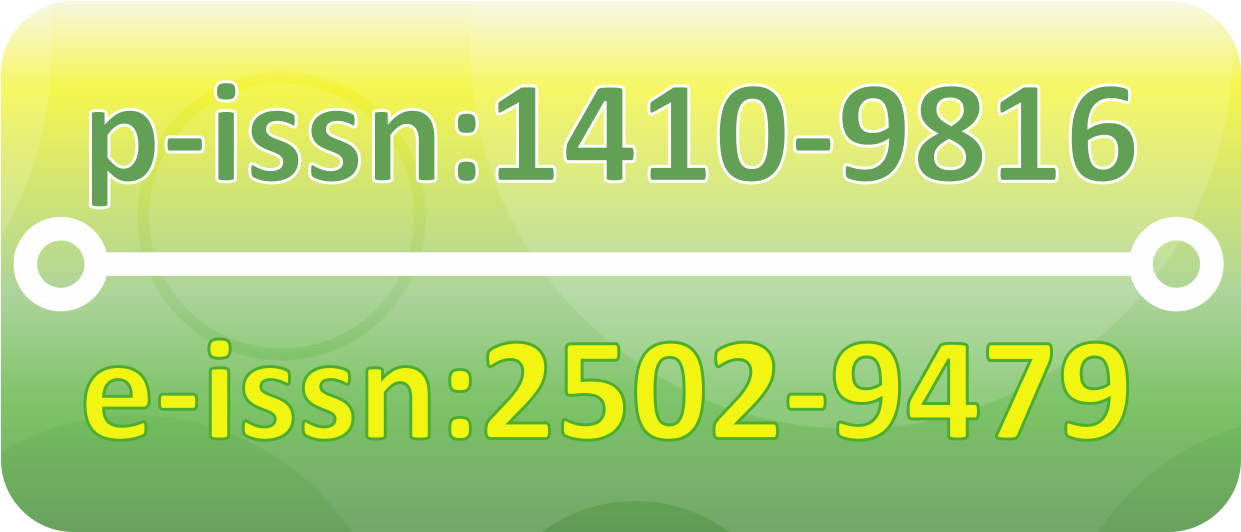METEOROLOGICAL MONITORING, DISPERSION OF RADIOACTIVE EFFLUENT INTO THE ATMOSPHERE AND POPULATION RISK ANALYSIS
DOI: http://dx.doi.org/10.17146/jpen.2000.2.2.2016
Sari
ABSTRAK
PEMANTAUAN METEOROLOGI, DISPERSI EFLUEN RADIOAKTIF MELALUI ATMOSFER DAN ANALISIS RISIKO TERHADAP PENDUDUK. Meteorologi adalah salah satu faktor penting dalam tahapan pemilihan tapak fasilitas nuklir. Untuk memprediksi pola penyebaran radioaktif di udara dalam jangka panjang dan operasi normal dapat digunakan metode TIC (Time Integrated Concentration). Perhitungan dosis inhalasi 1-131 dapat digunakan model sederhana yang direkomendasikan Clark. Data yang digunakan dalam simulasi adalah data meteorologi sekunder hasil pemantauan Newjec dari bulan Agustus 1994 sampai dengan Juli 1995. Perhitungan dosis ekivalen efektif dilakukan dengan asumsi untuk PWR 900 dengan Q0=3.7.1011 Bq/tahun. Nilai TIC/Q tertinggi adalah 52.92 s2m-3 yang terjadi pada arah NNW dan radius 200 meter dari titik lepasan. Nilai TIC/Q mula-mula naik dan mencapai puncak pada jarak 200 meter kemudian turun secara asimptotis untuk semua sektor. Nilai tertinggi dosis ekivalen efektif terjadi pada sektor NNW jarak 200 m, yaitu 1.74e-03 mSv/tahun.
ABSTRACT
METEOROLOGICAL MONITORING, DISPERSION OF RADIOACTIVE EFFLUENT INTO THE ATMOSPHERE AND POPULATION RISK ANALYSIS. Meteorology is one of the factors which shall be considered at survey stage for site selection of nuclear facility. Prediction of radionuclide concentration at atmosphere for long-term and normal release can be conducted by Time Integrated Concentration method. Calculation of inhalation dose of 1-131 can be applied by simple model that was recommended by Clark. The data needed for simulation are meteorology secondary data as a result of meteorological monitoring for one year duration started from August 1994 up to July 1995. Calculation of effective dose equivalent is established by assuming PWR 900 type with Qo=3.7.1011 Bq/year. The highest TIC/Q value of 52.92 s2m-3 occurred at NNW sector and 200 meter radius from release point. TIC/Q increases with radii for all sectors and reach its peak value at about 200-300 meter from release point. TIC/Q then go down and curves will reach some asymptotes.The highest of effective dose equivalent is happened at NNW sector 200 m distance of 1.74e-03 mSv/year.
Teks Lengkap:
PDFRefbacks
- Saat ini tidak ada refbacks.
 Jurnal Pengembangan Energi Nuklir
Jurnal Pengembangan Energi Nuklir


